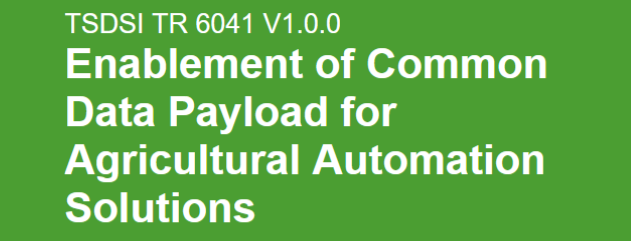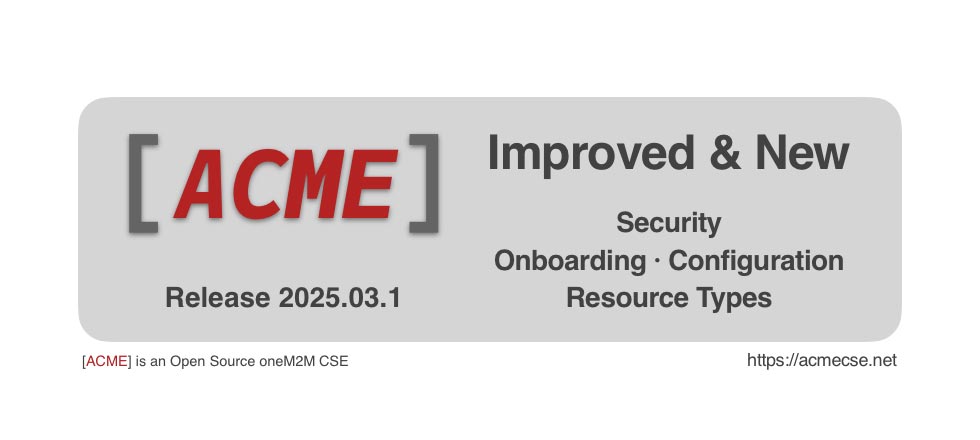Several open source foundations and projects have been actively using oneM2M standards in various applications and services since the organisation released its first set of specifications in January 2015. oneM2M’s Release 2, was published earlier this year.
Among the foundations using the standards is the open alliance for IoT standard OCEAN, which was established in January 2015 by the Korean government and research institute KETI. It has now attracted 214 members and develops code for the oneM2M-based IoT server platform project Mobius and IoT device platform &Cube.
oneM2M standards are also being used by the Linux Foundation’s popular OpenDaylight project, where a team is developing a oneM2M-based IoT Data Broker to enable authorised applications to retrieve IoT data uploaded by any device. The IOTDM project has been running since December 2014 and code is already available to download and test.
The Eclipse Foundation’s OM2M project, part of Eclipse’s IoT Working Group, offers a flexible oneM2M-based platform to implement horizontal M2M servers, gateways, and devices. It brings forward a modular architecture, running on top of an OSGi container, which is highly extensible via plug-ins. Services are exposed through a lightweight RESTful API supporting HTTP, CoAP, and MQTT bindings combined with XML and JSON formats. In addition to traditional M2M capabilities, OM2M offers advanced features such as Flex Container and Smart Device Template to the community. The OM2M project has been running since May 2014.
Meanwhile, recognising the importance of low-cost and power-efficient IoT clients to support applications like smart cities and wearables, ATIS has started working on developing an open source support for light weight oneM2M compatible client frameworks with a focus on constrained hardware.
“The open source community has become extremely important for a number of industries as technology continues to evolve and the IoT is no different,” said Dr. Omar Elloumi, Technical Plenary Chair, oneM2M, and member of Nokia Bell Labs and CTO group. “Use of the oneM2M standards by these groups is an extremely positive step forward for the IoT industry. It is projects like these that are contributing to our ultimate aim of making IoT applications and products interoperable so that they can achieve the goal of truly enhancing users’ daily lives.”
While open source projects using oneM2M specifications are organised and run independently of oneM2M, oneM2M has made a number of resources available to developers to support those implementing oneM2M specifications.
An e-mail list has been established to answer technical questions from developers and provide a direct link to the experts who wrote the oneM2M specifications. XML code and the oneM2M Application ID registry are additional resources available from oneM2M. All of oneM2M’s specifications are available at: https://www.onem2m.org/technical/published-specifications.
Alongside these open source initiatives, commercial implementations of oneM2M standards have also grown since the first one was announced in December 2014, with the latest companies to adopt the standard including NEC Corporation, LG subsidiary LG CNS, C-DOT, HPE, InterDigital and Sensinov.
About oneM2M
oneM2M is the global standards initiative that covers requirements, architecture, API specifications, security solutions and interoperability for Machine-to-Machine and IoT technologies. oneM2M was formed in 2012 and consists of eight of the world's preeminent ICT standards development organizations: ARIB (Japan), ATIS (North America), CCSA (China), ETSI (Europe), TIA (North America), TSDSI (India), TTA (Korea), and TTC (Japan), together with six industry fora, consortia or standards bodies (Broadband Forum, CEN, CENELEC, GlobalPlatform, Next Generation M2M Consortium, OMA) and over 200 member organizations. oneM2M specifications provide a framework to support applications and services such as the smart grid, connected car, home automation, public safety, and health. oneM2M actively encourages industry associations and forums with specific application requirements to participate in oneM2M, in order to ensure that the solutions developed support their specific needs.
For more information, including how to join and participate in oneM2M, see: www.onem2m.org.
Media Contact
Jayne Garfitt
Account Director
Proactive PR
This email address is being protected from spambots. You need JavaScript enabled to view it.



